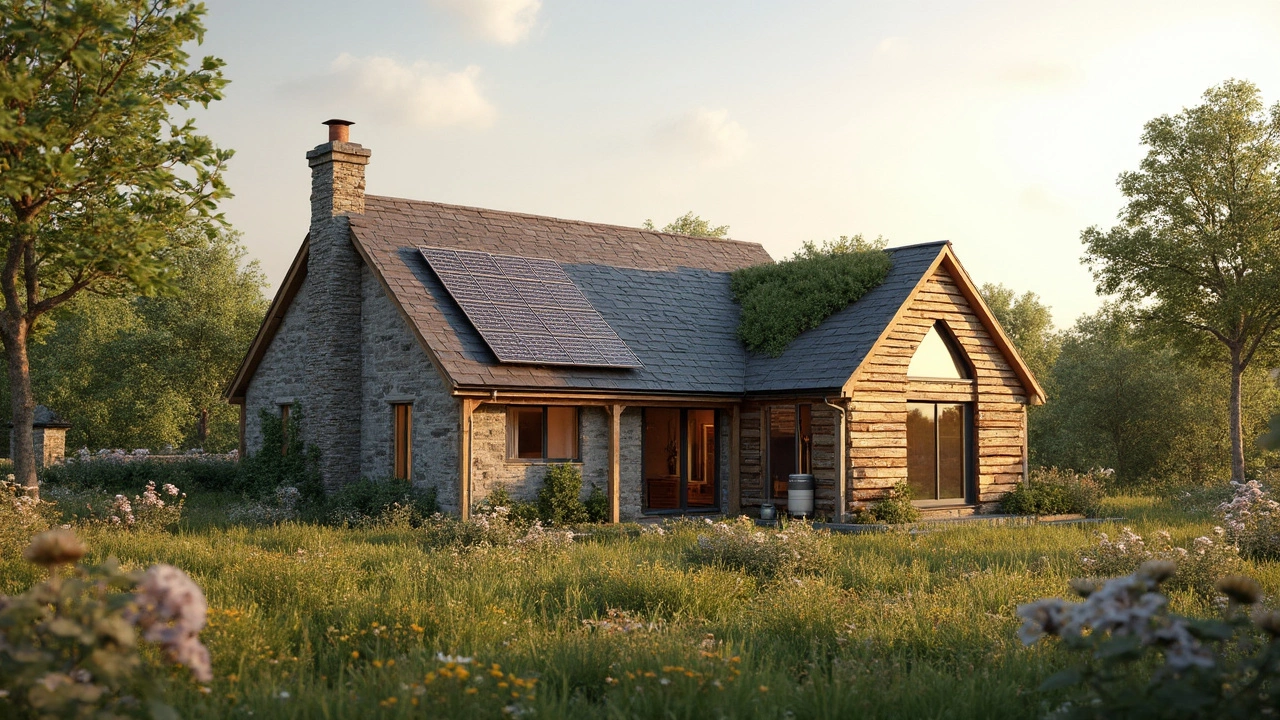Natural Materials: How They Make Cottages and Glamping Feel Better
When you walk into a cosy cottage or set up a glamping tent, the first thing you notice is how the space feels. Warm timber, stone walls, and organic textures aren’t just pretty – they keep the place comfortable, last longer, and are kinder to the planet. Below you’ll find simple reasons to pick natural materials and a shortlist of the best options for any holiday retreat.
Why Choose Natural Materials?
Natural materials have three big wins. First, they regulate temperature. Wood and stone absorb heat in summer and release it in winter, so you spend less on heating or cooling. Second, they breathe. Unlike plastic or synthetic panels, natural fibres let moisture escape, cutting down on mould and keeping indoor air fresh. Third, they look timeless. A reclaimed timber floor or a lime‑plaster wall ages gracefully, adding character that cheap finishes can’t match.
Travelers are also looking for sustainability. A study of glamping guests showed that 78 % said eco‑friendly construction made them more likely to book again. Using natural, locally sourced materials shows you care about the environment and helps local economies.
Top Natural Materials for Your Stay
Timber: Choose responsibly harvested wood or reclaimed beams. They’re strong, easy to work with, and bring that cosy cabin vibe. Treat the wood with natural oils instead of chemical varnish for a low‑impact finish.
Stone: Local stone slabs make sturdy floors and stunning fireplace surrounds. Stone’s high thermal mass means it stores heat from a wood‑burning stove and releases it slowly through the night.
Lime Plaster: Unlike cement, lime plaster is breathable and carbon‑negative – it actually absorbs CO₂ as it cures. It works great on interior walls, giving a smooth, matte look that feels natural under touch.
Wool Insulation: Sheep’s wool is renewable, fire‑resistant, and handles moisture without losing its insulating power. It’s perfect for lofts in tiny houses or for lining glamping tents.
Bamboo Flooring: Fast‑growing bamboo provides a hard‑wearing surface that feels warm under feet. It’s a great alternative when you need a light‑coloured floor that still looks natural.
When you combine these materials, you get a space that feels alive. Guests notice the difference – they talk about the “real wood smell” or the “cool stone feel”. That word‑of‑mouth buzz can turn a simple cottage into a must‑stay destination.
Ready to upgrade? Start by checking the supply chain. Look for certifications like FSC for timber or local quarry permits for stone. Small changes, like swapping a synthetic carpet for wool rugs, already boost the eco‑score.
In short, natural materials do more than look good. They improve comfort, lower energy use, support the local economy, and keep the planet healthier. Whether you’re planning a new eco‑cottage, retrofitting a glamping tent, or building a tiny house, go natural – your guests and the earth will thank you.
